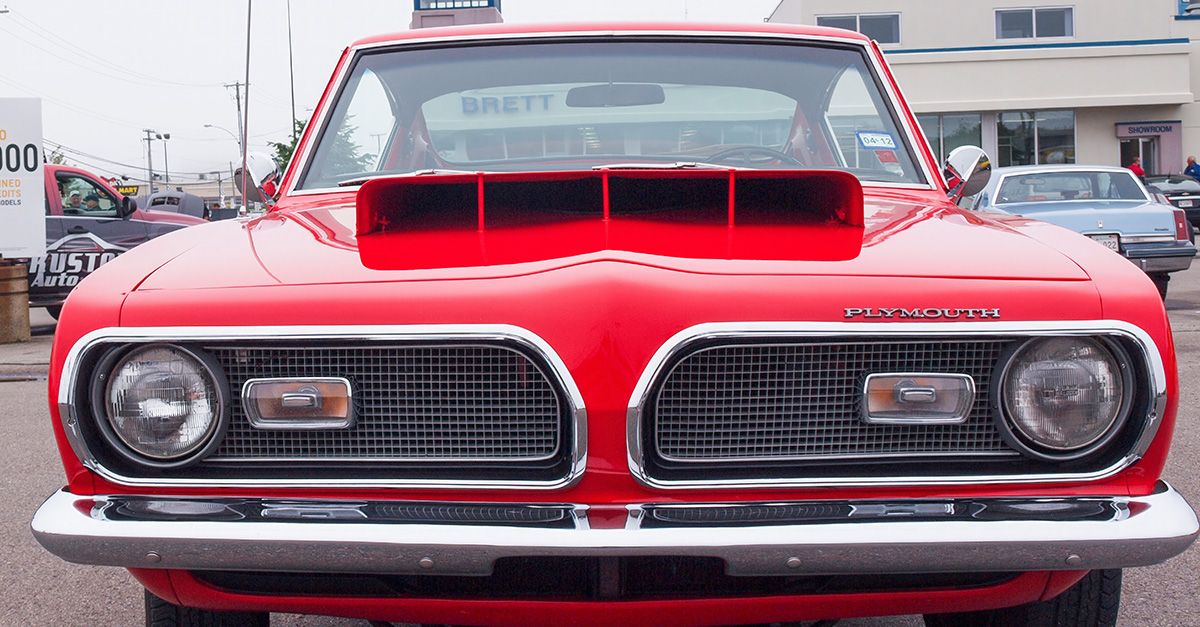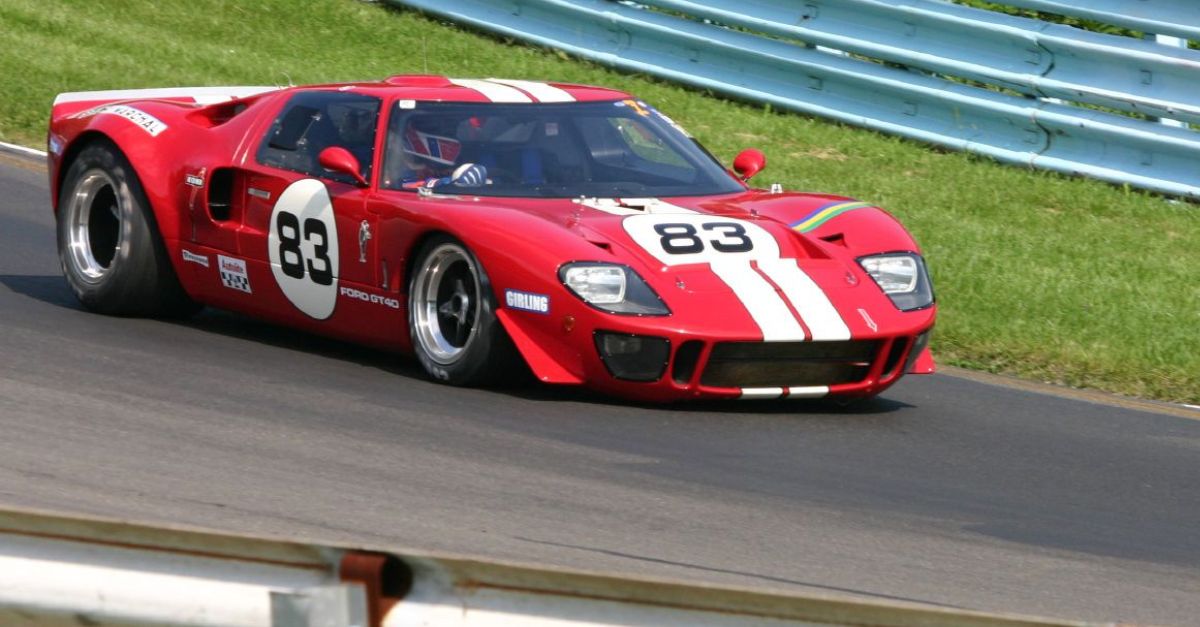The Obscure Hero In Your Rearview
What looks like a Dodge, drives like a JDM tech missile, and confused Indy 500 traditionalists? The Dodge Stealth—Mitsubishi’s all-wheel-drive, twin-turbo wizardry wearing a crosshair grille—might be the most underrated super GT of the ’90s. Built in Japan, styled for Dodge, and packed with gadgets, it’s the cult classic hiding in plain sight.

The Elevator Pitch
From 1991 to 1996, Dodge sold the Stealth in North America as a captive-import twin to the Mitsubishi 3000GT. Same platform, same powertrains, different face—and a very different badge. Think of it as a stealthy way (sorry) to get VR-4 performance without the three diamond logo.
 OWS Photography, Wikimedia Commons
OWS Photography, Wikimedia Commons
Born Of A Cross-Pacific Alliance
The car was a product of the Chrysler–Mitsubishi collaboration: Mitsubishi engineered and built it; Chrysler penned the Dodge-specific bodywork and sold it through Dodge dealers. It’s a rare instance where the automaker on the badge didn’t build the car.
 Jacob Frey 4A, Wikimedia Commons
Jacob Frey 4A, Wikimedia Commons
Made In Japan, Wearing Stars And Stripes
Stealths rolled out of Mitsubishi’s Nagoya Plant in Okazaki, Aichi—yep, 100% Japan. Then they sailed across the Pacific to U.S./Canadian showrooms with that unmistakable Dodge fascia. Global car, local swagger.
The Lineup, Decoded
Four trims told the story: Base (SOHC V6, FWD), ES (DOHC V6, FWD), R/T (DOHC V6, FWD), and the range-topping R/T Twin Turbo (AWD + 4WS + big boost). If you wanted the full techno buffet, the R/T Twin Turbo was the ticket.
 Tokumeigakarinoaoshima, Wikimedia Commons
Tokumeigakarinoaoshima, Wikimedia Commons
The Engine Room: 6G72 Wizardry
At the heart was Mitsubishi’s 3.0-liter 6G72 V6. In Twin Turbo form it used two turbos and intercoolers to deliver period-stout power and torque, shared with the 3000GT VR-4. Tough, tunable, and properly quick when healthy.
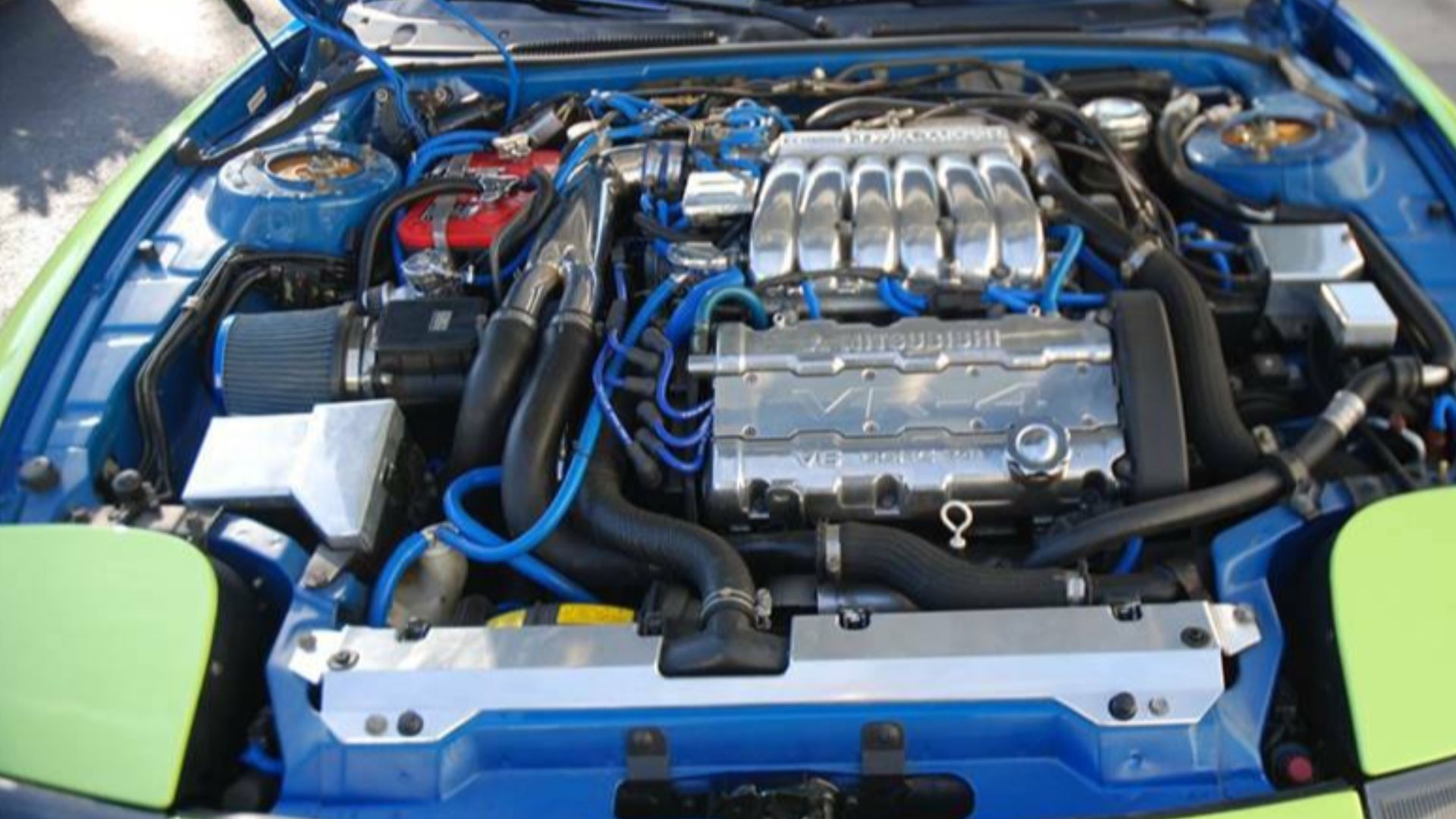 Danielslack1, Wikimedia Commons
Danielslack1, Wikimedia Commons
The Big Power Bump
Early R/T Twin Turbos (1991–1993) were rated at 300 hp; for 1994–1996, the car adopted a 6-speed and a factory rating commonly cited at 320 hp—matching the contemporary VR-4’s spec and performance. Period guides and data catalogs reflect the 300→320 hp progression.
 Danielslack1, Wikimedia Commons
Danielslack1, Wikimedia Commons
The Tech Stack That Aged Like Sci-Fi
Stealth TT brought full-time AWD and four-wheel steering, plus electronically controlled suspension and active exhaust. It felt like a rolling Tokyo electronics show—except you bought it at a Dodge store.
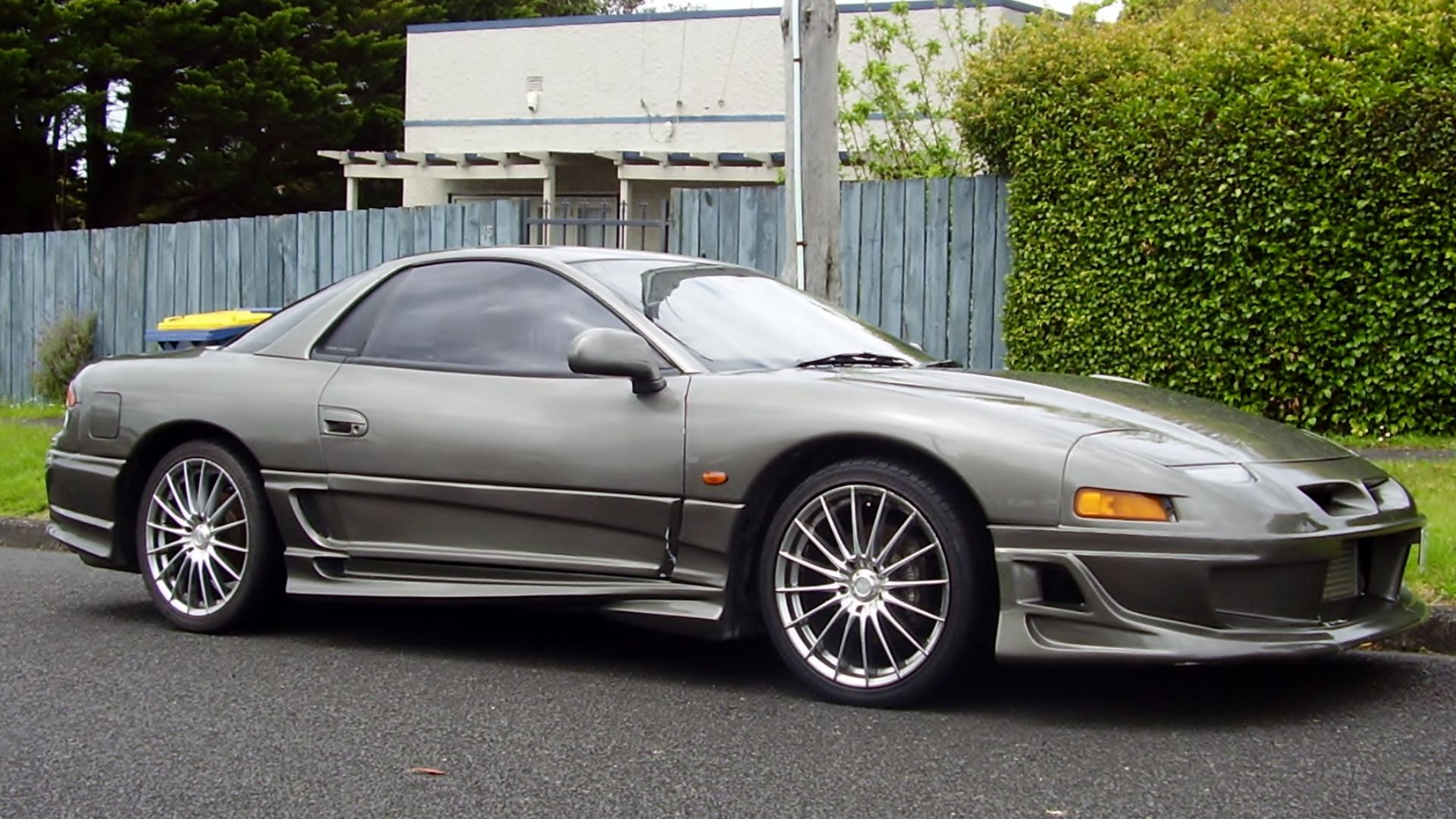 GPS 56 from New Zealand, Wikimedia Commons
GPS 56 from New Zealand, Wikimedia Commons
The One Trick The Dodge Didn’t Get
Active aerodynamics (speed-deploying front air dam and rear spoiler) were a 3000GT VR-4 party trick. The Stealth TT skipped that specific gizmo, which is why you’ll see VR-4 aero bits moving while the Dodge’s spoiler stays put.
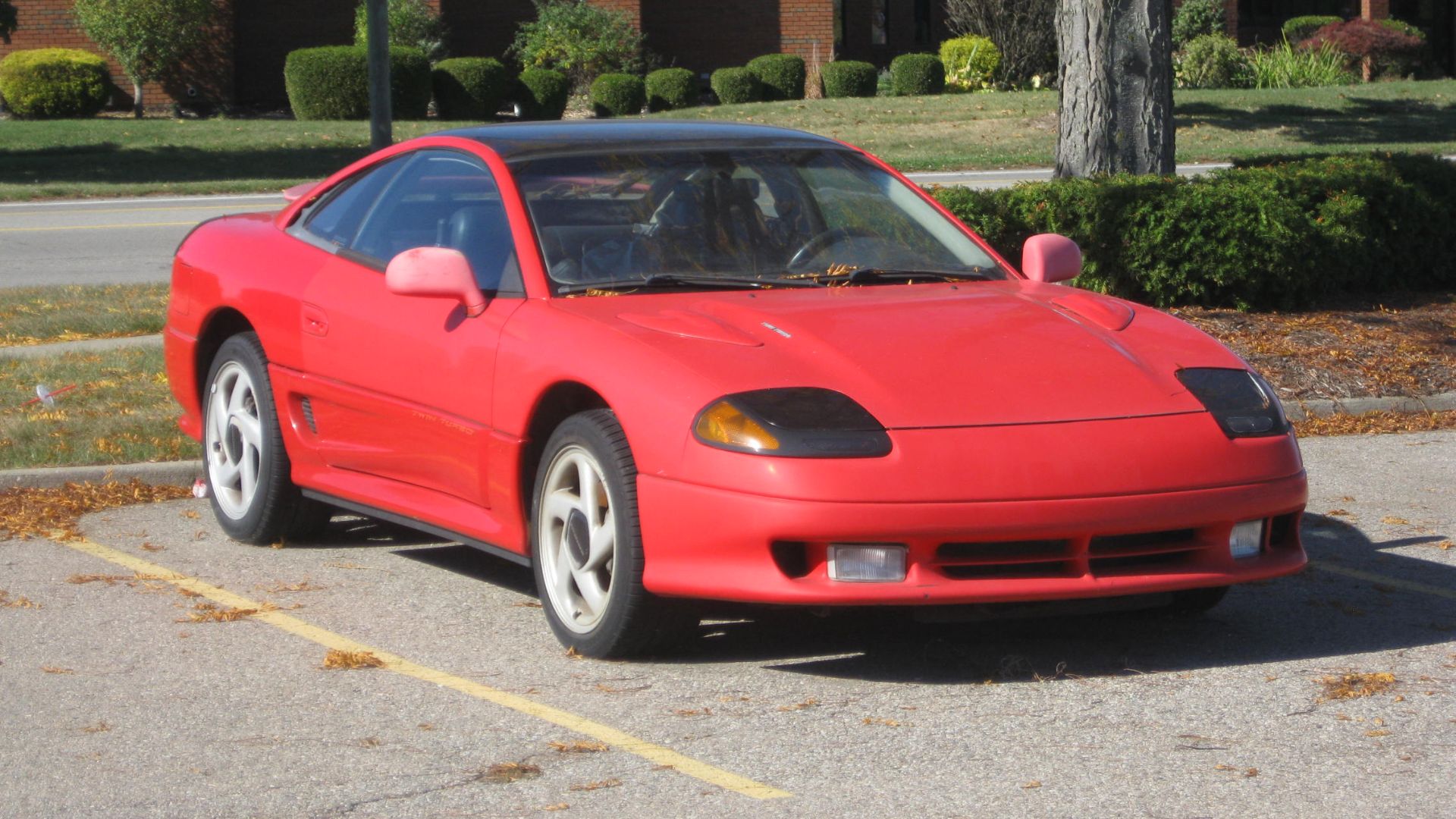 Bobbiejuice08, Wikimedia Commons
Bobbiejuice08, Wikimedia Commons
Numbers That Still Read Quick
Period tests had the Stealth TT running 0–60 mph in the low-to-mid-5s and quarter-miles in the high-13s to low-14s—serious speed for the era, especially with all-weather AWD traction.
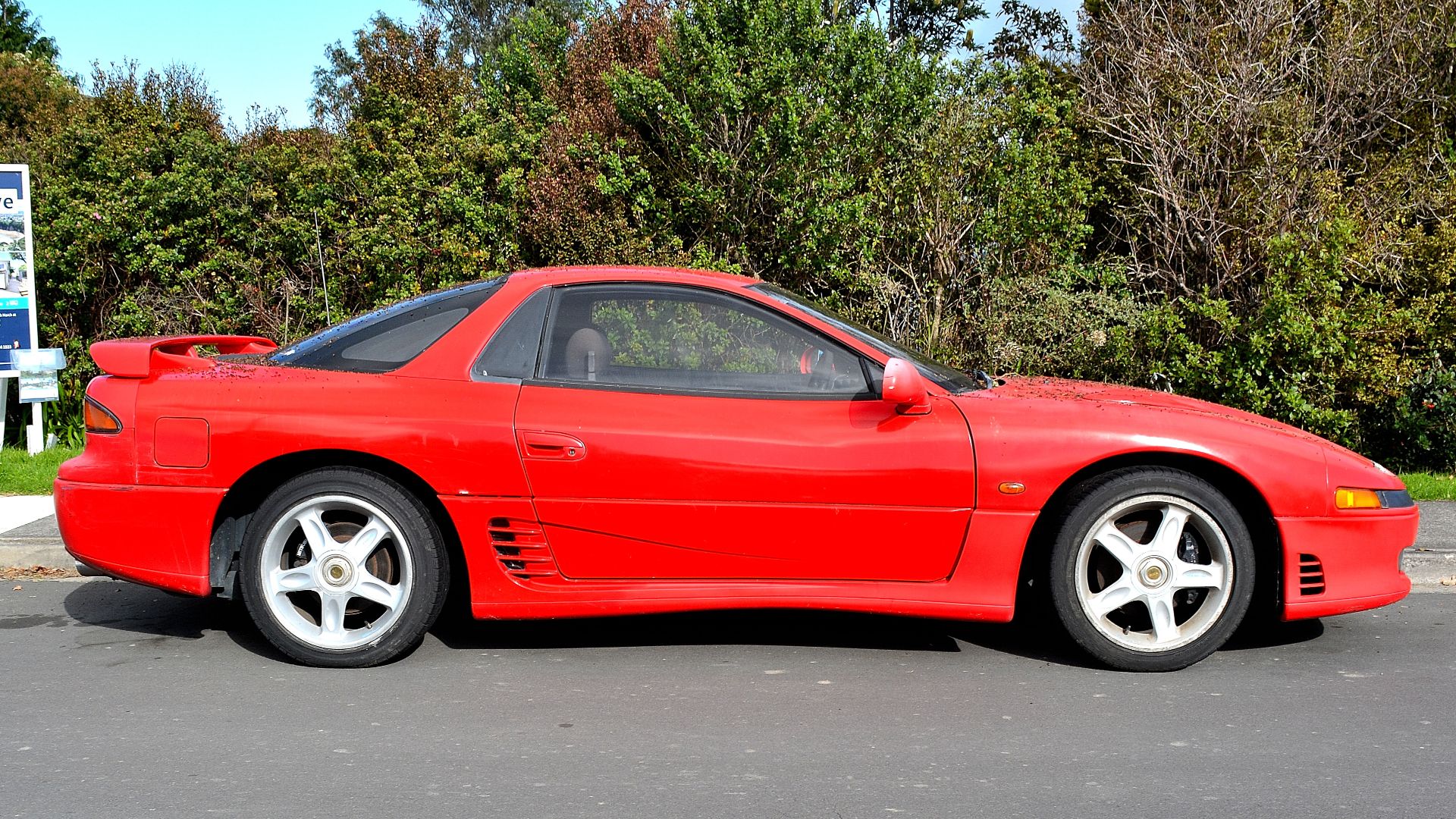 GPS 56 from New Zealand, Wikimedia Commons
GPS 56 from New Zealand, Wikimedia Commons
The Indy 500 Kerfuffle
For the 75th Indy 500 (1991), the Stealth was picked to pace—until union pressure over its Japanese build swapped it for the pre-production Dodge Viper. The Stealth still served in official capacities around the event, but the moment revealed just how international this “Dodge” really was.
 Doctorindy (talk), Wikimedia Commons
Doctorindy (talk), Wikimedia Commons
Why It Looked So… Not-Mitsubishi
Chrysler designers gave the Stealth its own identity—crosshair grille, unique rear quarter treatment, and that crescent spoiler—so you couldn’t accuse it of being a straight rebadge at 30 paces. Same bones, different suit.
 Greg Gjerdingen from Willmar, USA, Wikimedia Commons
Greg Gjerdingen from Willmar, USA, Wikimedia Commons
The 1994 Refresh
Mid-cycle updates mirrored the VR-4: more power, the Getrag 6-speed, detail tweaks, and continued refinement. The formula stayed the same: boost, grip, and granite-solid high-speed stability.
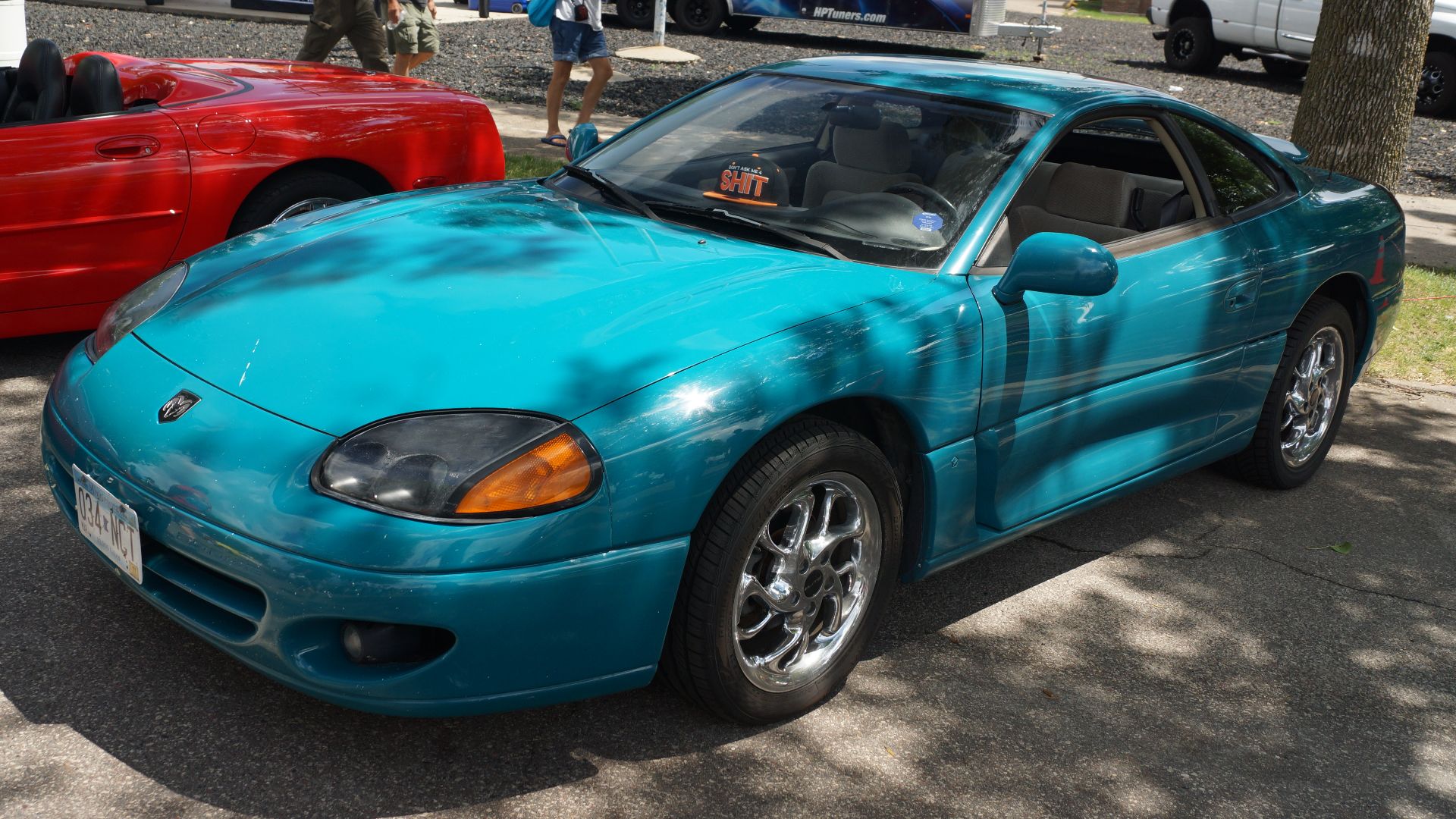 Greg Gjerdingen from Willmar, USA, Wikimedia Commons
Greg Gjerdingen from Willmar, USA, Wikimedia Commons
Everyday Drive, Not Everyday Car
Thanks to AWD and a thick torque curve, the TT could be a legit all-season sports car—more GT than track rat, but devastating on real roads. That was the 3S (3000GT/Stealth) promise.
The Sales Reality Check
Enthusiast love didn’t always equal sales. Contemporary figures show a strong launch in ’91–’92 and a decline thereafter as the market cooled and prices climbed. Dodge ended the Stealth after 1996, while the Mitsubishi 3000GT lived on a few more years.
 Rutger van der Maar, Wikimedia Commons
Rutger van der Maar, Wikimedia Commons
The Weight Debate
Critics harped on mass, but the flipside was Autobahn-worthy composure and traction that let you deploy power in ugly weather. Tech adds pounds; the Stealth used them wisely.
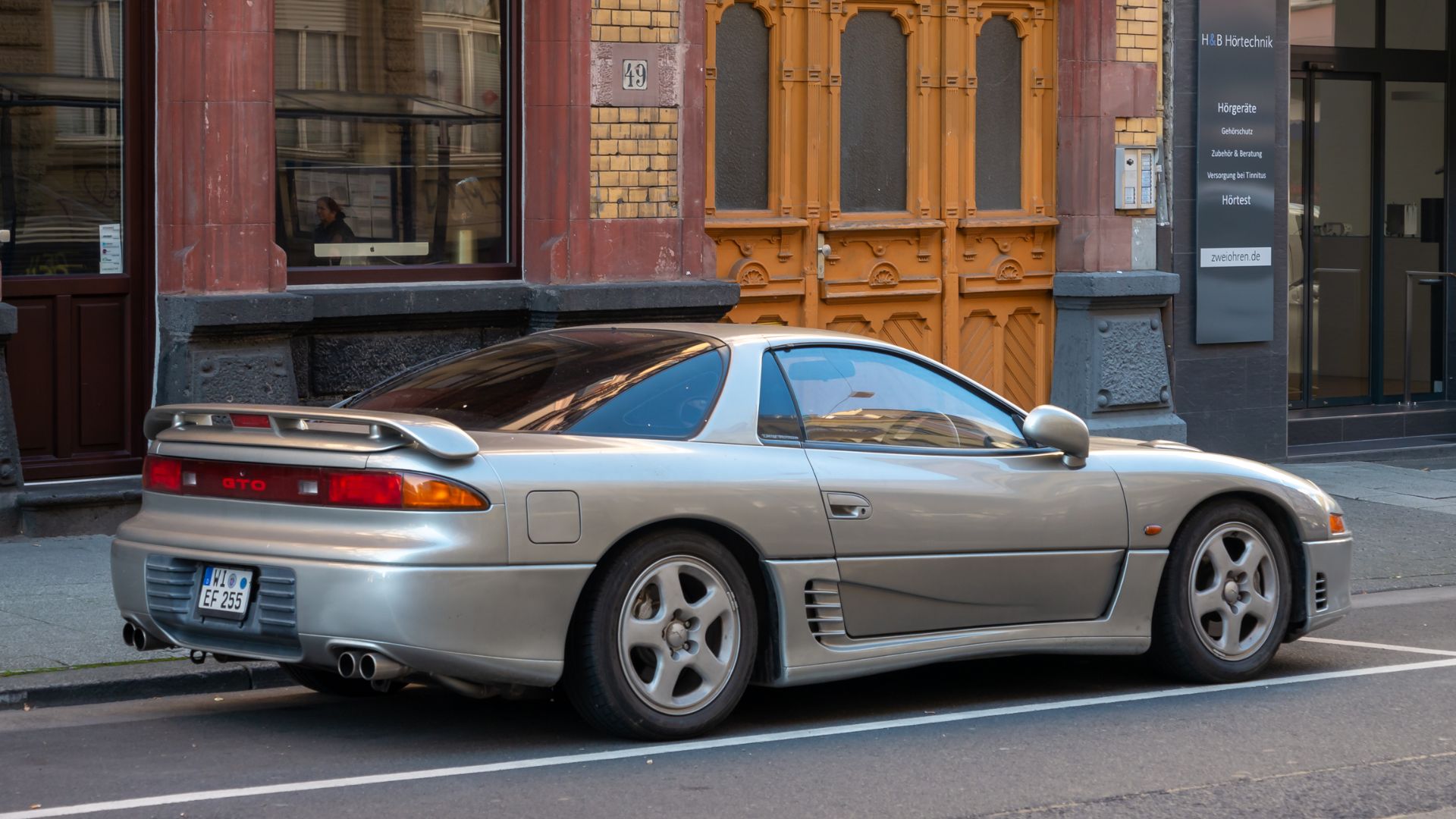 Matti Blume, Wikimedia Commons
Matti Blume, Wikimedia Commons
Hidden In Plain Sight: The Value Angle
For years, the Stealth TT lagged the 3000GT VR-4 in collector values despite near-mechanical parity. Hagerty has highlighted the pricing gap—one reason savvy nerds chased Stealths as the “smart buy."
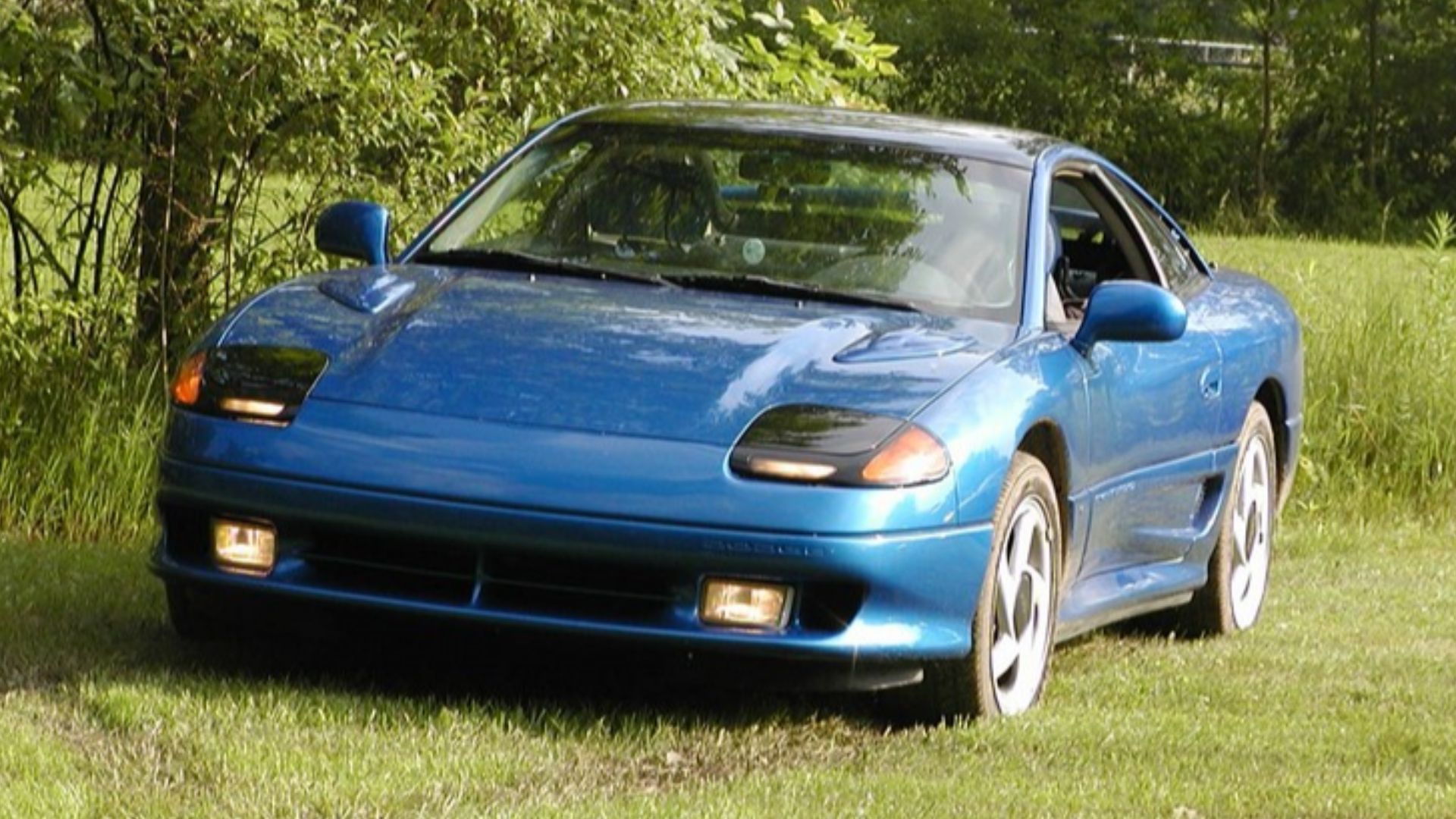 The original uploader was Alan92rttt at English Wikipedia., Wikimedia Commons
The original uploader was Alan92rttt at English Wikipedia., Wikimedia Commons
The Wrenching Reality
Like any ’90s tech flagship, the Stealth rewards preventative maintenance: timing belts, turbos, ECS actuators, and 4WS bits need love. Good news: the community is deep and documentation is thorough.
 Buying The ULTRA RARE 90'S Dodge No-One Knows About | 1996 Dodge Stealth R/T TT, Jrods Garage
Buying The ULTRA RARE 90'S Dodge No-One Knows About | 1996 Dodge Stealth R/T TT, Jrods Garage
Community, Culture, And The 3S Lore
From Stealth316 to 3S forums, knowledge-sharing kept these cars on the road and in boost. For obscure-car lovers, that ecosystem is half the fun.
 Buying The ULTRA RARE 90'S Dodge No-One Knows About | 1996 Dodge Stealth R/T TT, Jrods Garage
Buying The ULTRA RARE 90'S Dodge No-One Knows About | 1996 Dodge Stealth R/T TT, Jrods Garage
The Sleeper Aesthetic
No pop-up-headlight nostalgia here—the Dodge face is a cleaner, almost subtler look than the VR-4’s aero theater. Park a TT next to a ’90s Ferrari and watch the double-takes anyway.
 1992 Dodge Stealth Running HD, Classic Motor Cars
1992 Dodge Stealth Running HD, Classic Motor Cars
How It Stacks Against The Era
Against 300ZX TT, Supra TT (later), and RX-7 FD, the Stealth TT wasn’t always the lightest or the most mod-mad—but few could match its year-round pace and gadget density at the time.
 1992 Dodge Stealth Running HD, Classic Motor Cars
1992 Dodge Stealth Running HD, Classic Motor Cars
What To Look For Today (Collector Cliff Notes)
Hunt clean, unmolested R/T Twin Turbos; verify 6-speed on ’94–’96 cars; inspect AWD/4WS, suspension actuators, and service history. Bonus points for original wheels, exhaust, and intact interior electronics.
 1993 DODGE STEALTH R/T, SG Auction
1993 DODGE STEALTH R/T, SG Auction
Why It Deserves Recognition
The Stealth proves that “badge engineered” doesn’t mean “lesser.” It’s an international co-production that democratized super-GT performance, preserved with a Dodge badge for extra weirdness points.
 1993 DODGE STEALTH R/T, SG Auction
1993 DODGE STEALTH R/T, SG Auction
The Myth Of The “Rebadge”
Under the skin it’s a 3000GT, sure—but Dodge-specific styling, U.S.-market positioning, and the Indy saga gave it a story all its own. That narrative is car-culture gold.
 1995 Dodge Stealth R/T Twin Turbo Walk around and Drive, YTG 2
1995 Dodge Stealth R/T Twin Turbo Walk around and Drive, YTG 2
The Drive That Holds Up
Find a sorted TT and you’ll get punchy boost, ironclad stability, and that analog-digital ’90s vibe. It’s less a scalpel than a railgun—one that still fires.
 1995 Dodge Stealth R/T Twin Turbo Walk around and Drive, YTG 2
1995 Dodge Stealth R/T Twin Turbo Walk around and Drive, YTG 2
Curtain Call: The American-Japanese Super GT You Were Meant To Discover
If you love obscure cars, the Dodge Stealth is the perfect rabbit hole: Japan-built, Dodge-styled, tech-rich, and fast. It didn’t just borrow Mitsubishi’s magic—it gave that magic a new accent. Today, it’s overdue for the respect (and the driveway) it deserves.
 Buying The ULTRA RARE 90'S Dodge No-One Knows About | 1996 Dodge Stealth R/T TT, Jrods Garage
Buying The ULTRA RARE 90'S Dodge No-One Knows About | 1996 Dodge Stealth R/T TT, Jrods Garage
You May Also Like:
Pickup Trucks That Hold Their Value The Longest, According To Dealerships
These Used Cars Are Still A Great Buy In 2025





